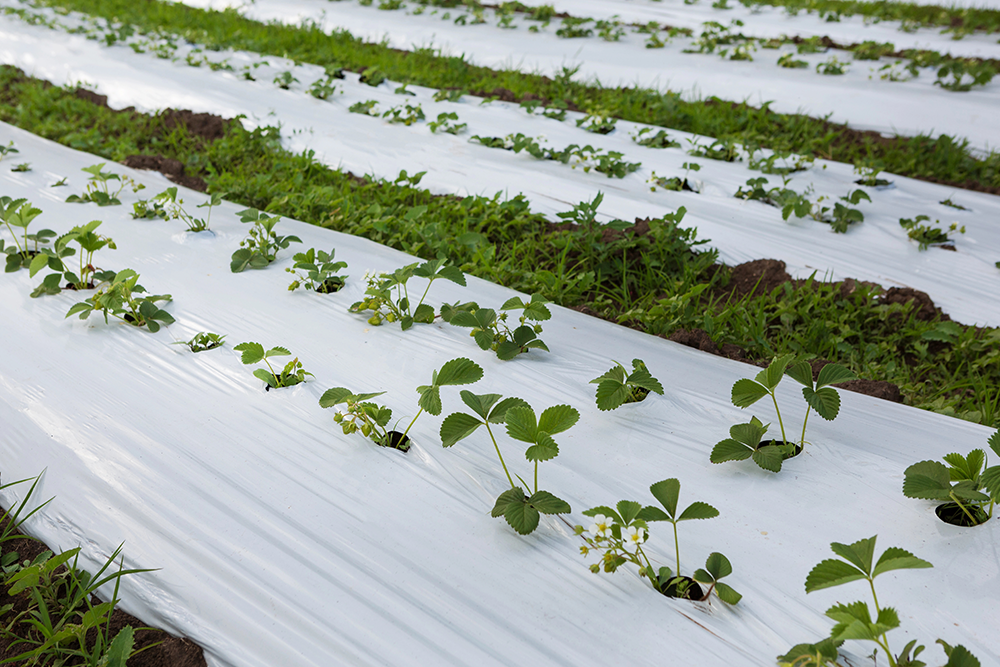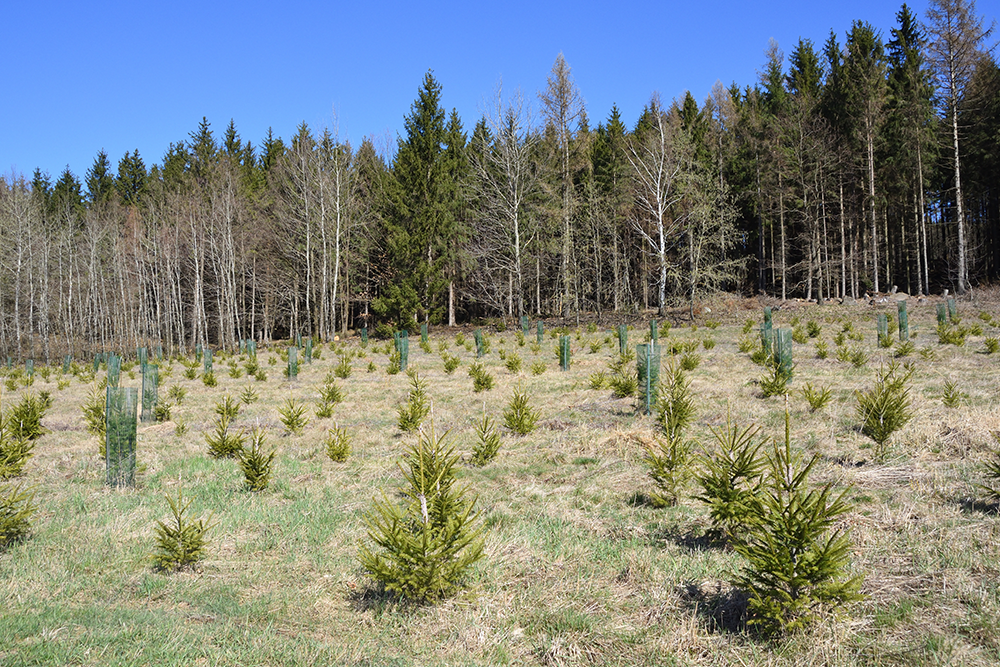7 Erosion Control Methods And Their Impact On Construction

Soil erosion is a significant challenge in construction projects, especially when natural erosion controls are removed during land development. Without proper measures, rain, wind, and water runoff can carry away topsoil, leading to long-term damage to infrastructure, waterways, and the environment. Implementing effective erosion control methods helps mitigate these risks, protect ecosystems, and guarantee compliance with regulations.
Coleman Environmental Engineering, LLC specializes in erosion control, vegetation management, and related environmental engineering solutions to keep construction sites safe and compliant. Our experience enables us to offer customized erosion control strategies that fit the needs of any project.
The Importance of Erosion Control in Construction
During construction, large areas of land are often disturbed, which increases the risk of soil erosion. Without proper management, this can lead to sediment flowing into nearby waterways, damaging aquatic ecosystems and polluting water supplies. Additionally, erosion can undermine the stability of newly built infrastructure, creating safety hazards and costly repairs.
Implementing erosion control methods at the start of a project is critical for minimizing environmental impact and reducing project risks. These methods not only prevent soil from being displaced but also support the long-term success of construction efforts by keeping the site stable and preventing sediment from being washed away.
Planting Vegetation for Erosion Control
One of the most effective natural methods to prevent erosion is planting vegetation. Plants with deep roots help anchor the soil, especially in areas prone to erosion, such as hillsides and riverbanks. These vegetative barriers slow water flow, preventing it from eroding the soil underneath. Native plants, like grasses and shrubs, are often used in construction projects to control erosion due to their ability to adapt to local soil and weather conditions.
Mulching for Temporary Erosion Protection
Mulching is another widely used erosion control technique, especially in the early stages of construction. Applying organic or synthetic mulch over bare soil helps protect it from the impact of rain and wind. Mulching also helps retain soil moisture and regulate temperature, which can support the growth of vegetation.
For construction projects where, large areas of soil are exposed, mulching is a cost-effective way to protect the site from erosion while other long-term control measures, such as permanent vegetation, are established.
Reforestation and Soil Stabilization

Beyond preventing erosion, reforestation helps restore ecosystems, making it an excellent option for projects focused on sustainability and environmental restoration. Making sure that reforestation efforts are included in the planning phase can contribute to the long-term success of the site.
Erosion Control Blankets and Anchoring Devices
Erosion control blankets and mats are key tools for preventing soil displacement on steep slopes and areas where vegetation is still growing. These blankets are made from natural or synthetic materials designed to hold soil in place while plants take root. The method works by slowing down water runoff and reducing the impact of wind.
Anchoring devices, such as stakes or pins, are used to secure these blankets to the soil. They make sure the blankets remain in place even during heavy rain or wind, providing temporary stabilization during critical phases of construction.
Silt Fencing for Sediment Control
A silt fence is a common erosion control device used on construction sites to trap sediment. The temporary barrier, typically made from geotextile fabric, is installed around the perimeter of the site to prevent sediment from leaving the area and polluting nearby water bodies.
By allowing water to pass through while retaining soil, silt fences play a vital role in minimizing the environmental impact of construction. Proper installation and regular maintenance are key to guaranteeing the fence remains effective throughout the project.
Seeding for Long-Term Soil Stability
Seeding is a method of planting grasses or other plants on disturbed soil to stabilize it and prevent erosion. There are two types of seeding: temporary and permanent.
- Temporary Seeding: This is typically used during active construction to quickly establish vegetation on exposed soil. Fast-growing grasses help hold the soil in place until permanent measures can be implemented.
- Permanent Seeding: After construction is complete, permanent seeding is applied to establish long-term vegetation. Native grasses, wildflowers, and shrubs are often used to create a sustainable landscape that naturally prevents erosion.
Both types of seeding are critical for guaranteeing that the soil remains stable throughout and after the construction process, promoting the long-term success of the project.
Energy Dissipaters for High-Velocity Water Flow
In areas where water flow is strong, such as near rivers or drainage systems, energy dissipaters are used to reduce the speed of flowing water. These structures, which include rock chutes, gabions, and check dams, help absorb the energy of the water and disperse it over a wider area. This prevents erosion and protects the stability of the surrounding land.
Energy dissipaters are often installed in high-velocity areas where other erosion control measures may not be sufficient on their own. By slowing down the flow of water, they protect both the construction site and nearby ecosystems from damage.
How Erosion Control Methods Impact Construction Projects
Incorporating erosion control methods into a construction project can have a significant impact on its overall success. Proper erosion control prevents the displacement of valuable topsoil, protects nearby waterways, and makes sure of compliance with environmental regulations. By reducing sediment runoff, these methods also help minimize the long-term costs associated with cleaning and repairing damaged infrastructure.
At Coleman Environmental Engineering, LLC, we integrate effective erosion control methods into our construction projects to reduce risk and support sustainable development. Our focus on customized solutions guarantees that your environmental engineering project benefits from both immediate and long-term protection.
Effective erosion control methods are essential for guaranteeing the stability and success of construction projects. From planting vegetation to using erosion control blankets, these techniques protect the environment, prevent sediment from leaving the site, and reduce the risk of damage to infrastructure.
